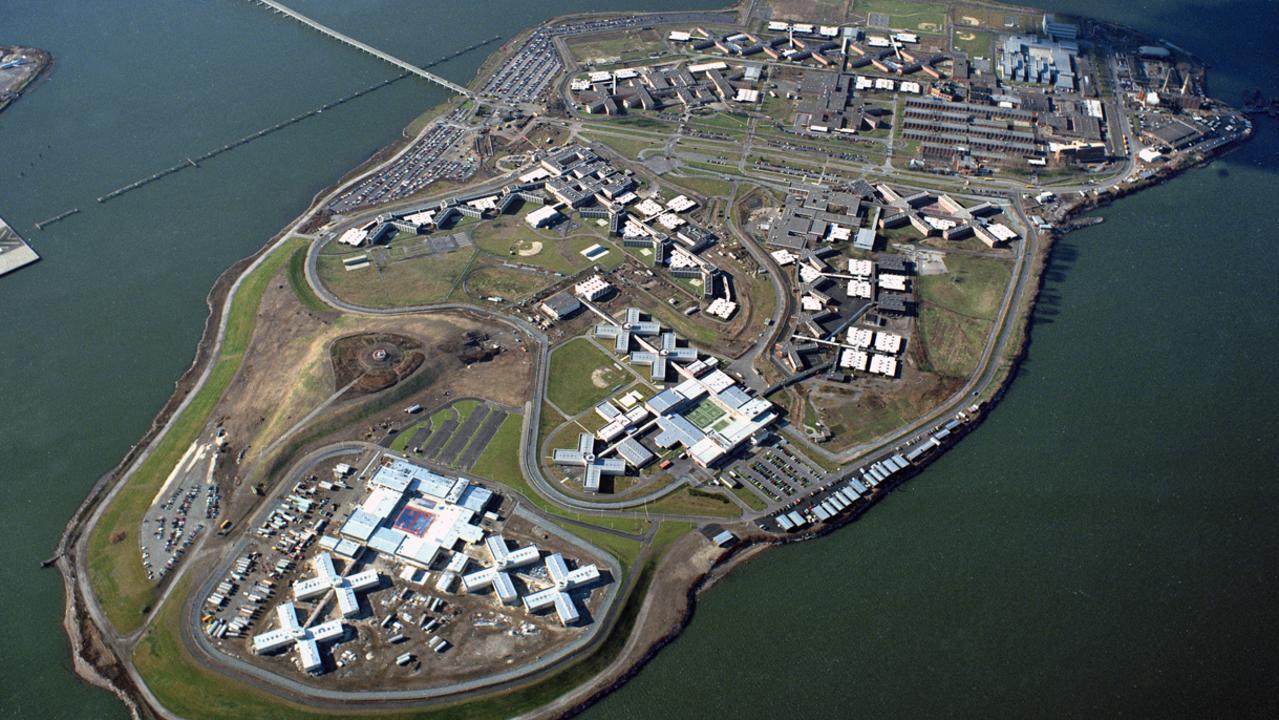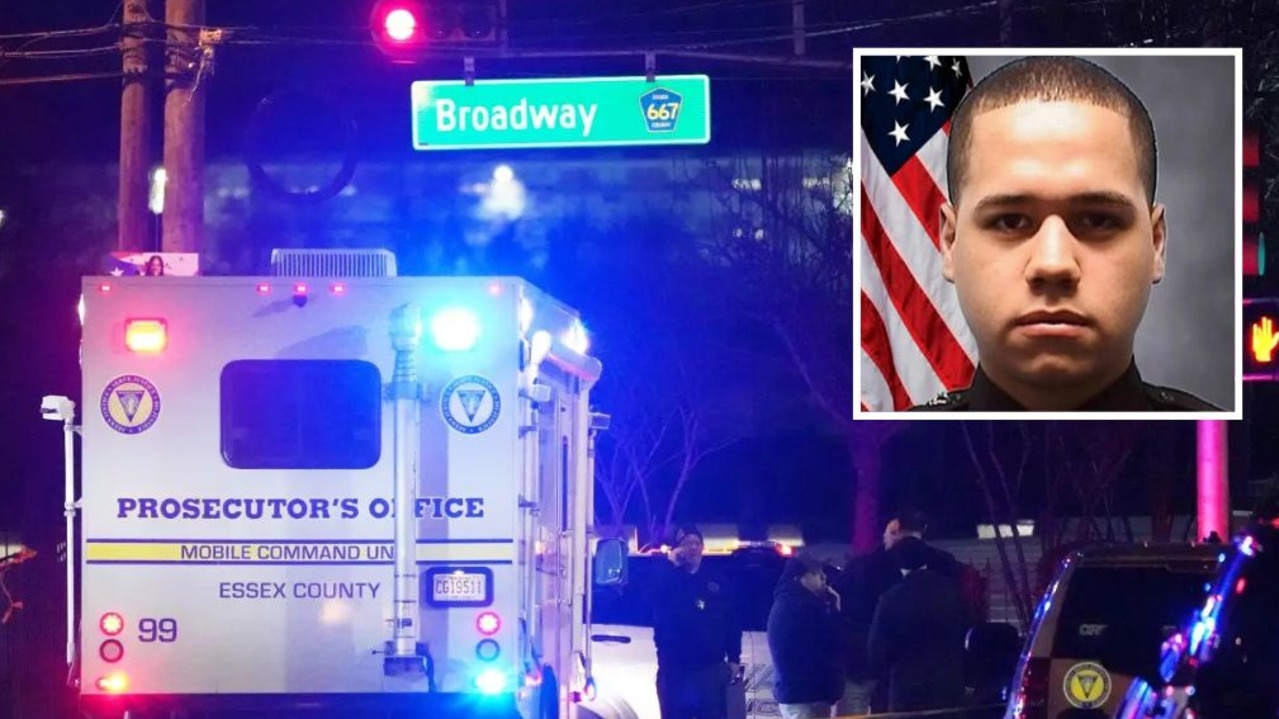’Torture Island’: Harvey Weinstein to be held in the infamous Rikers Correctional facility
Harvey Weinstein is being held in a prison so notoriously violent it’s known as “Gladiator School” and “Torture Island”.

Disgraced Hollywood movie mogul Harvey Weinstein has expertly avoided landing himself behind bars for longer than many convicted rapists.
But his lucky streak came to an end on Monday when he was convicted on two of five rape and sexual assault charges and remanded in custody until his sentencing on March 11.
In a desperate last-ditch attempt to keep the 67-year-old out of jail while he awaits sentencing, his legal team tried to keep him on house arrest and, citing health issues, told the court he requires daily injections in his eyes to avoid going blind. The court also heard he requires medical attention following unsuccessful back surgery. The judge refused the request but indicated Weinstein might be a candidate for being held in the infirmary, a locked medical unit which houses sick inmates and those with enough notoriety to require protection from other prisoners.
Weinstein remained silent as he was handcuffed and walked out of a Manhattan Supreme Court by officers who loaded him into a vehicle bound for New York’s notoriously violent Rikers Island jail.
The once-powerful film producer was assigned New York State ID 06581138z and listed as 180cm and 95kg with brown hair and brown eyes.


Rikers holds up to 15,000 short-term inmates while they await sentencing, trial or to serve sentences of less than year, and is located on the East River in the shadow of Manhattan’s glittering skyline.
One of the largest correctional facilities in the world, the complex has long been plagued by gang violence, alleged corruption and allegations of human rights violations that even some of the most hardened criminals fear. New York City council speaker Corey Johnson recently described the jail as “a symbol of brutality and inhumanity”.
Upon arrival at the complex, Weinstein was meant to go through a routine admission process, before being locked in a cell.
Instead, he spent his first night as a convicted rapist on remand in Bellevue Hospital, operated by the City Department of Correction, after complaining of chest pains on the way to jail. Bellevue is known for its psychiatric facility, but it also serves as a hospital for jail inmates. He remained under the care of medical professionals as of Wednesday morning AEDT.
Once he is discharged from hospital, Weinstein is expected to be transported to Rikers. The only thing likely to save him from that fate is if his legal team can get permission on medical grounds for him to remain in hospital.
RELATED: Weinstein taken to hospital on way to jail
RELATED: Accusers confront Weinstein outside court
Rikers Island Correctional facility – also referred to as ‘Gladiator School’, ‘Torture Island’ and the ‘Guantanamo of New York’, has a disturbing track record of extreme violence and has been at the centre of countless controversies.
In 2015, federal prosecutors in New York concluded after an investigation that guards routinely abused inmates at the jail. Statistics released in 2019 revealed that violent incidents increased every year since the 2015 investigation, despite efforts over the years to improve security and an increased scrutiny of conditions.
Last year, Layleen Polanco, a transgender woman, was found dead in her cell two months after being sent to Rikers because she could not afford the $US500 ($A750) bail.
The complex – which opened in 1935 to house prisoners from an overcrowded and dilapidated jail on Roosevelt Island – boasts 10 detention facilities. The majority of prisoners are held in open rooms with rows of metal beds rather than small cells. Advocates have complained that the facility is ill-equipped to handle people with mental illness, who in 2014 made up 40 per cent of its population.

The New York Times previously reported that tens of thousands of detainees arrested for minor offences such as fare evasion were illegally subjected to demeaning strip searches, costing taxpayers up to $50 million in settlements. A culture of abuse saw the repeated use of excessive force on under-18s and there was a “Rikers Fight Club” in which inmates were allegedly encouraged to attack each other, according to the Village Voice.
In 2008, the Voice reported on a series of scandals – a hushed-up allegation of woman-on-woman sexual assault in a cell, allegations guards were smuggling cigarettes and cannabis to inmates and the suicide of 18-year-old Steven Morales in a high-security unit. The New York Times reported that 129 inmates, 77 per cent of them mentally ill, suffered “serious injuries” in altercations with prison guards in 2013.
RELATED: Weinstein is an ‘innocent man’
RELATED: Critical moment in Weinstein trial
When Jose Bautista attempted suicide, officers punched him until they perforated his bowel. Andre Lane was taken to a private room after he splashed guards with water or urine, and beaten until the walls were stained with blood. The regular overuse of solitary confinement has been cited as exacerbating psychiatric issues. Jermele Kelly died in the Bellevue Hospital ward after a violent encounter with guards in 2007. In 2014, the New York Daily News reported that schizophrenic Bradley Ballard, 39, had been found dead after seven days alone in his cell – naked, covered in faeces and with his penis swollen and infected where he had tied a band around it. A few months later, the New York Times said a judge recommended six officers be fired over the brutal beating of mentally ill Robert Hinton after he protested a cell move by sitting down. He was hogtied, dragged down the hallways and hit as inmates watched. Almost two years elapsed before the ruling, in which time the guards were involved in other assaults. Later that year, Jerome Murdough, a homeless veteran arrested for sheltering on the stairwell of a housing authority building in freezing weather, was found “baked to death” in his unventilated cell.

In a separate incident, The New Yorker uncovered disturbing footage from surveillance cameras which showed 16-year-old Kalief Browder beaten by officers and inmates while serving time at Rikers Island after being accused of stealing a small backpack.
For three years, Browder was held at Rikers, waiting for a trial. He spent half that time in solitary confinement and was beaten by corrections officers. He attempted to kill himself multiple times before his case was dropped and he was released in 2013.
But Bowder struggled to deal with the torment he endured in the prison and in 2015 died by suicide when he was 22.
As for Weinstein, there’s still a chance he might avoid being incarcerated with the main inmate population on Rikers ahead of his sentencing.
“We are working on assuring that Mr Weinstein is brought to Rikers’ Island’s North infirmary unit (NIU) at the Anna M Kross Centre complex or in protective custody so that he can get the best medical supervision and care possible,” his lawyer told the court on Monday.
New York politicians last year voted for Rikers Island to close in 2026. The prison will relocate across four smaller and more modern jails closer to the city’s main courthouses in Manhattan, Brooklyn, the Bronx and Queens.
It’s possible Weinstein could be held at Rikers until it closes in six years, although a number of factors will affect the length of his stay including his sentencing and a separate trial in Los Angeles.



